1985 – 1986
In 1985, I spotted a small ad in the Montreal Gazette looking for an Art Director & Production Manager to help create the very first magazine for the island of St. Martin and thought, ‘That would be a cool project’, so I applied. A few weeks later, I got a phone call from Guy Rosa saying; ‘When can you get here?”
I said, “Would next week be good?”
Before flying down, Guy had scheduled a flight to Montreal and we met at the Queen E and then I toured O’Keefe printing with him as well as several other printing facilities we would be requiring.
I was working for O’Keefe Printing at the time and made an agreement with them to send as much of the printing back to Canada as possible and left for a year, during which time I spent working with virtually every hotel on both sides of the island creating their advertising and brochure work, plus getting the chance to spend a lot of time on the islands of Anguilla, Saba and St. Barths.
It was a great experience. I have zero regrets.
Marigot, St. Martin
The introduction to our offices was a real eye opener for me as they were located in an old creole house in Marigot, which was a smallish town at the time and the buildings all looked like they were in serious need of paint.
The name Marigot literally means ‘Swamp’ and it was originally a fishing village surrounded by mangroves. In 1970, part of the lagoon was filled as a means to extend the village, it was filled in a second time in 1990, allowing for a road to be built along the lagoon front.
Marigot is known for its iconic Architecture and monuments. Stroll down Rue de la République, a street famous for its houses and architecture, that has been untouched since the 19th century. The architecture shows very iconic design elements of the time, such as stone walls mortared with lime, wooden second floors, street facing patios and a balcony on every floor, decorated with friezes or gingerbread trims, and finely crafted railings.
The streets were always raucous. Every minute of every day it seemed like there was some disaster happening right outside of the windows. Horns blaring, people yelling, roosters squawking. It was so completely different from Montreal.
There was an incredibly lively night life and the introduction of a marina in 1985 made Marigot a bit of a sailors hangout at the time, as there was always a transient crowd hanging about and I was introduced to the sailors life, meeting several crew members from being out and around the docks in the evenings, checking out the boats. There were several good spots for expats and tourists to have dinner in the harbour and for the first few weeks, I spent a considerable amount of time there in the evenings.
Guy Rosa, the publisher and his wife Mitsou, had visited the island a few years earlier and seen that the only magazine available was in Dutch and decided to stay and create Discover St. Martin. Their goal was to create a magazine that would be free to all locals and tourists and present all facets of the island; Where to go, where to stay, what to see and the magazine was to be written in both English and French. 35 years later, I believe they are still on the island so good for them.
Guy knew I had produced several local newspapers in Montreal, had great printing connections and could speak both French and English and he wanted my production knowledge and contacts, which made sense.
By the time I left St. Martin to go back to Montreal in late 1986, I had provided Guy with most of the printing contacts he required. Yes, the magazine was printed in Montreal.
I remember Guy was also a great salesman and he had talked the town of Marigot into letting him print their telephone book, which was a project I helped him coordinate as well as a smaller magazine called Island Life. Both of these I got printed in Montreal.
Fun photo below is of my drafting table in the studio, surrounded by my hand drawn mock-up of every page within the magazine and my felt tip pens. I would illustrate every ad that a client was considering to show them an idea of what we were going to produce before starting. You can see slides taped to the window, which acted as a lightbox, and even some Letraset on my desk.
A Motley Crew
We were kind of a motley crew, with members of the team from France, Canada, Belgium, The United States and of course, the island of St. Martin. However, the magazine we collectively produced for the island has remained in continual production and it is now a successful online publication.
For more info, visit Discover Magazine.
—
At the time, Guy had purchased new Apple Macintosh computers to create the magazine on and this was in 1985, so none of us really knew the first thing about them.
Our Editor in Chief was a local painter named Roland Richardson. I remember watching him try and type away on the keyboard of one of those small little screens while local creole kids came in with him, wanting to see the magic boxes.
Roland went on to have a long career as a painter and he has been characterized as the “Father of Caribbean Impressionism.” He has been profiled in reputed periodicals that include the New York Times, the Washington Post, Elle, American Airlines Latitudes, Robb Report, Caribbean Travel & Life and Island Magazine so it was kind of a kick to be able to spend time with him, but we came from such different worlds.
As mentioned above, I got to spend a considerable amount of time on the islands of Anguilla, Saba and St. Barths doing photo shoots (see below). The magazine had sections for each of those islands in case visitors wanted to take day trips as none of these islands were that far away.
St. Barths, even then, was kind of a high end, yet very laid back island and I recall clearly driving a mini Moke while on the island one weekend heading for the beach and there was a young woman walking down the road and she stuck out her thumb for a lift and when I stopped, I realized she was topless. I quite liked St. Barths.
Saba was something else entirely. Known as the Unspoiled Queen of the Caribbean, Saba is only 15 miles from St. Maarten, making it an easy trip via ferry or plane. By plane, it’s about a 20-minute trip, landing on the smallest commercial airport in the world. Via ferry, it’s about 1.5 – 2 hours depending on weather conditions, but it’s a pretty wavy ride. Landing on Saba, you realize just how green it is—and how tiny. Just five square miles, the island is home to the highest peak of the Netherlands: Mt. Scenery, a potentially active volcano.
I got to visit just once but it sure was interesting.
And today, Anguilla, which was a sleepy little island while I was there, is a world famous spot. Lonely Planet refers to it as a Caribbean island dream come true, fringed by shimmering white sand beaches shaded by coconut palms and sea-grape trees, and filled with colourfully painted, open-sided beach bars serving feisty rum punches and live reggae tune. Its crystal-clear waters and vibrant reefs offer spectacular snorkelling, glass-bottomed kayaking, and sailing to islets and atolls scattered offshore.
In 1986, it was a sleepy little island.
Leroy French and Sailing
During my time here, I completed two scuba diving certifications with Leroy French.
LeRoy was the owner of Ocean Explorers in St. Maarten. He started diving in California in 1955 with some of the first Aqua Lungs that Jacques Cousteau had developed. In 1965 he became a NAUI instructor (#50). When I met him, he was in a shack by the beach. I would wander down on Saturday mornings to Kim Sha Beach and meet him before heading out for a dive or two. Most of the time, it was just the two of us.
On one eventful dive, we were exploring the remains of a shipwreck and I found a small box semi-buried in the sand and picked it up. Upon surfacing, I discovered I had found a box with a dozen old coins in it and I had dreams that perhaps they were very valuable but they were not, although they did date back to 1913.
Leroy went on the direct a few films and write a book, “Don’t Hold Your Breath‘, which is available on Amazon. Leroy takes you along on his journeys, from shark attacks, sinking boats, incredible scuba dives and leaving a California lifestyle and moving his entire family to a Caribbean Island. I find it cool that a few of the people I worked with and played with at the time have had such interesting lives.
I also learned to sail in big open water. I discovered that when we had business to do on neighbouring islands, like St. Barths or Anguilla, there were always sailboats available to go over on so I got in the habit of sailing to the adjacent islands rather than taking the faster ferries or planes. I really enjoyed sailing between the islands. This experience is what eventually led to the purchase of Blue Grace, the 40 Foot Beneteau I spent the better part of the next five years living on and later sailing from Montreal to the Bahamas singlehandedly.
It’s interesting to see how my life has evolved and been affected by my travels.
Oh yes… I also got to do some modelling for some of the hotels.
Migrating Hermit Crabs
One day while on my way to the beach, I came across a migration of Hermit Crabs.
After some research, it turns out that every summer, thousands of hermit crabs migrate to the sea to release their eggs.
The hermit crabs begin creeping along towards the shore to meet up with others of their kind. On the way, they mate by partially removing their bodies from their shells, and allowing the males to drop off their sperm packets. Then each female lays thousands of fertilized eggs and carries them around for about a month as they grow larger and deplete their yolky energy stores — and the crabs continue their trek, sometimes navigating distances over 3 miles (5 kilometers).
Signalled by the crescent moon at the end of August or early September, the female crabs wade into the water. Upon contact with the salt water, the eggs burst and the larvae float into the waves. Over the course of three or four days, they “wash” their eggs in the water to make sure each gets touched by seawater. And then, all together, the hermit crabs make their way back to land.
I was fascinated.
The French Lowlands
I was lucky enough to find a house for rent in the lowlands… called Basse Terre at the time, which was about a mile from Jasper John’s house for about $1,000.00 a month. It was an entire house with a nice long driveway and an outdoor shower and a huge living space.
Today, The French Lowlands or Terres Basses are a neighbourhood of million-dollar estates, built on the rolling hills of St. Martin’s westernmost region. There is only one resort in this exclusive area, but it happens to be the island’s 5-star flagship – La Samanna. Consistently ranked among the Caribbean’s top ten hotel retreats and exclusively located on St. Martin’s finest beach, La Samanna is just 15 minutes from Marigot and a short drive from the fabulous restaurants of Grand Case.
The original name of La Samanna, is the combination of the names of Mr. Frankel’s three children : Samantha, Anouk and Natalie. That’s me with Natalie above in 1985. I remember that she and I became friends during my time on the island but her privileged lifestyle had us moving in very different ways.
I remember the publisher, Guy, being very pleased I had made friends with Natalie but probably because he wanted business from La Samana…
The Lowlands are also the location of some of the most spectacular beaches on St. Martin: Baie Longue and Baie aux Prumes, which are wonderfully secluded. Neither beach was ever crowded. Baie Rouge is set amongst some dramatic red cliffs. A few hundred feet away from the entrance, the beach becomes clothing optional.
I liked Baie Rouge and Cupecoy Beaches.
I remember that every night coming home, I had to cross a small drawbridge which had been built into the cut at Sandy Ground, which allows boats access to Simpson Bay Lagoon (below). Sometimes I had to wait while boats transitted and sometimes I didn’t.
Looking back, I am grateful to Brian O’Keefe for supporting me in this opportunity. I was lucky enough to know I had a position with O’Keefe upon my return and after I did return, I had clients in the Caribbean, which actually allowed me to travel back and forth occasionally on business.
Life.

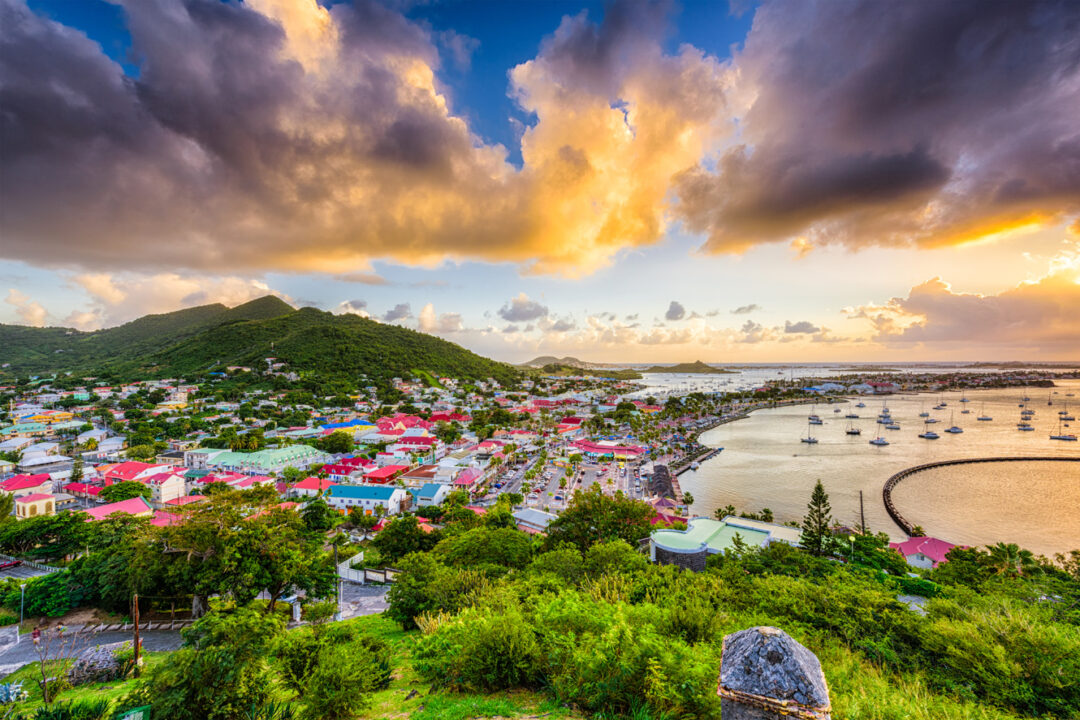
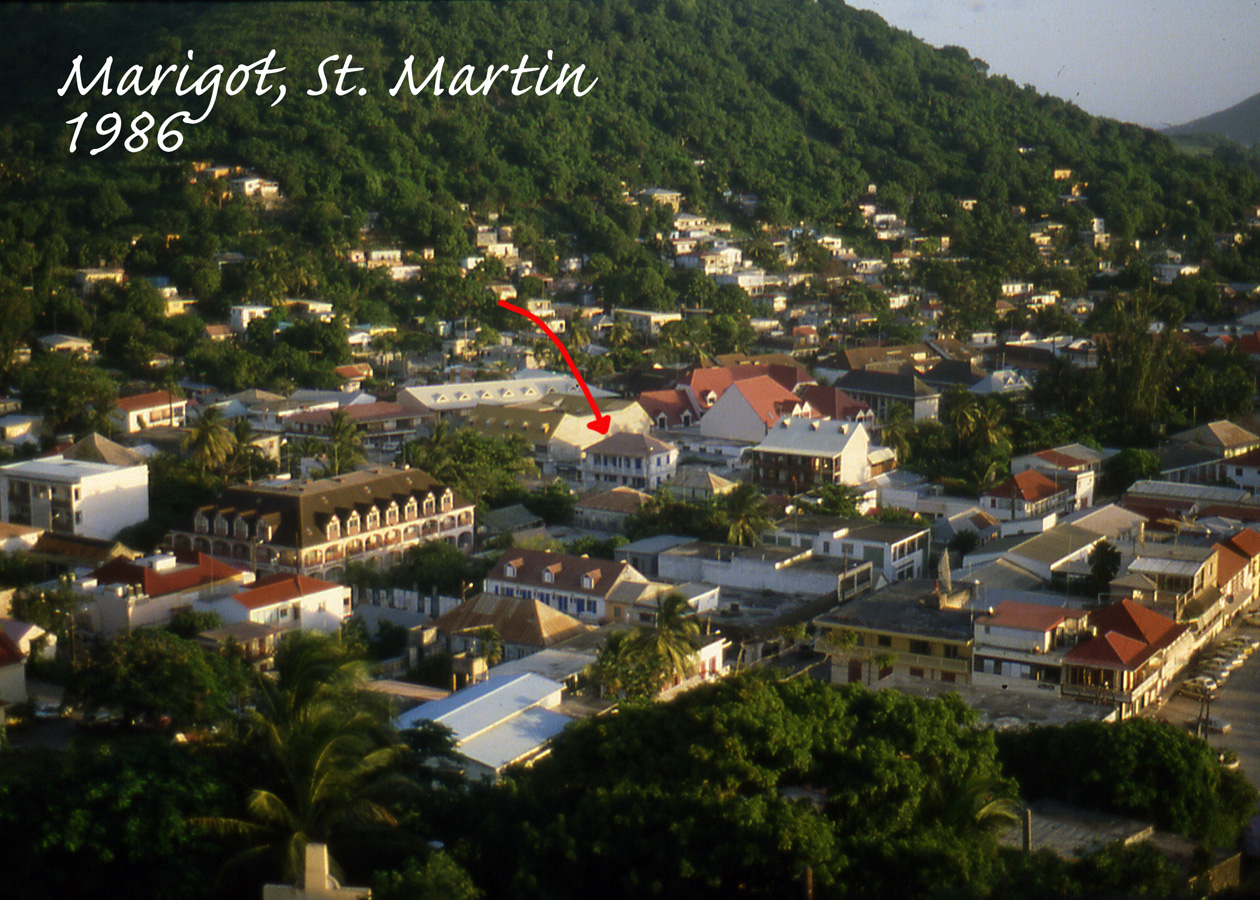
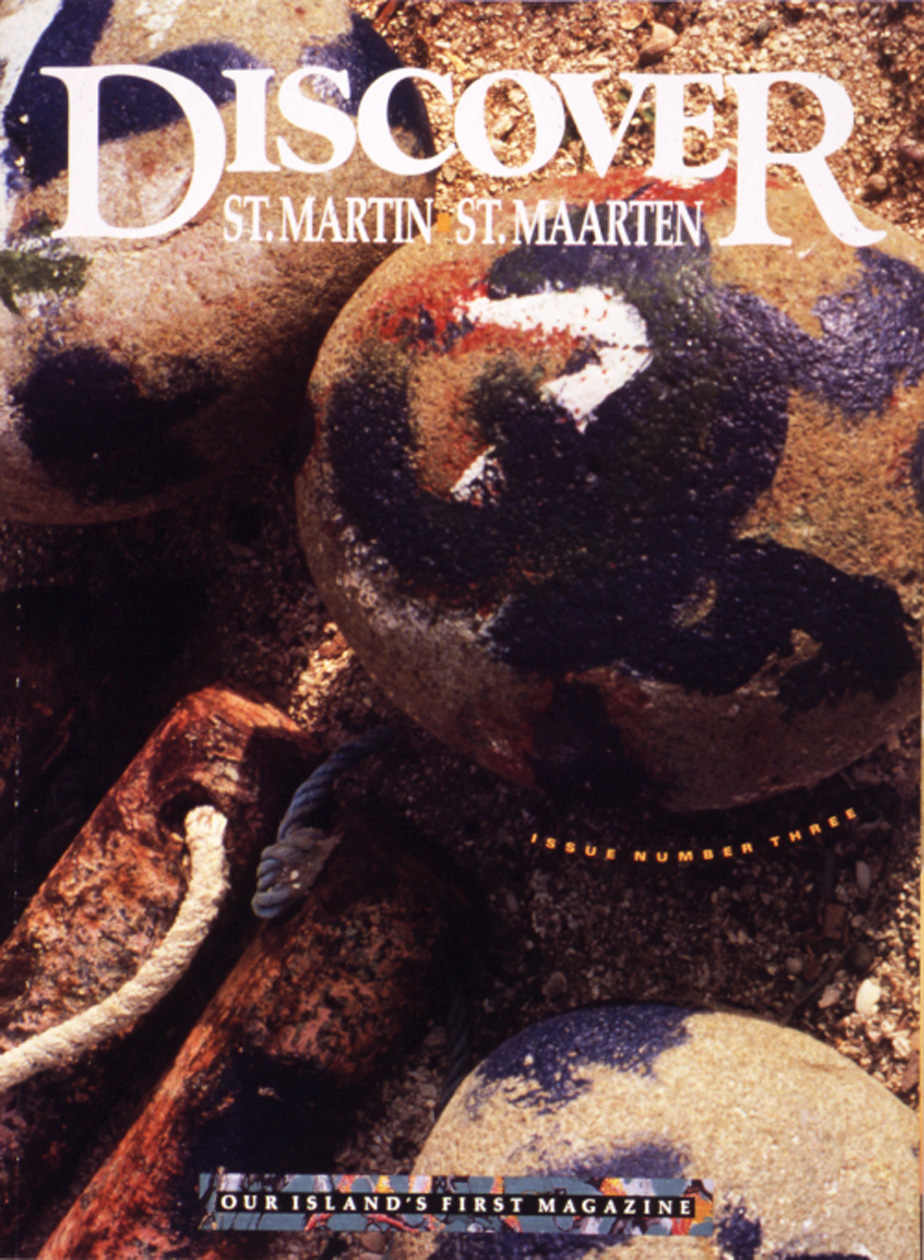
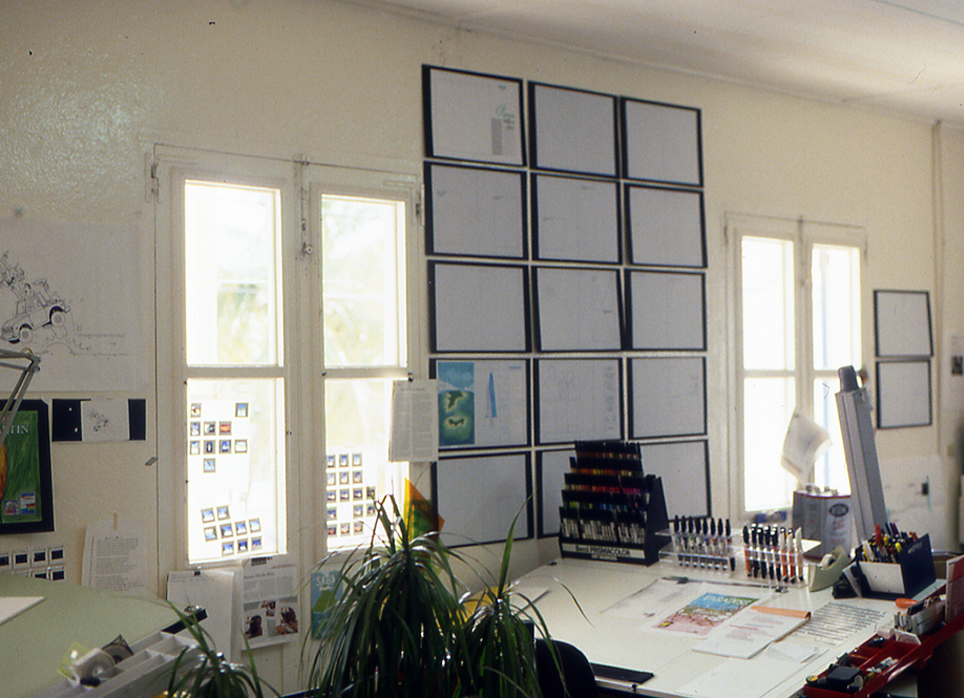
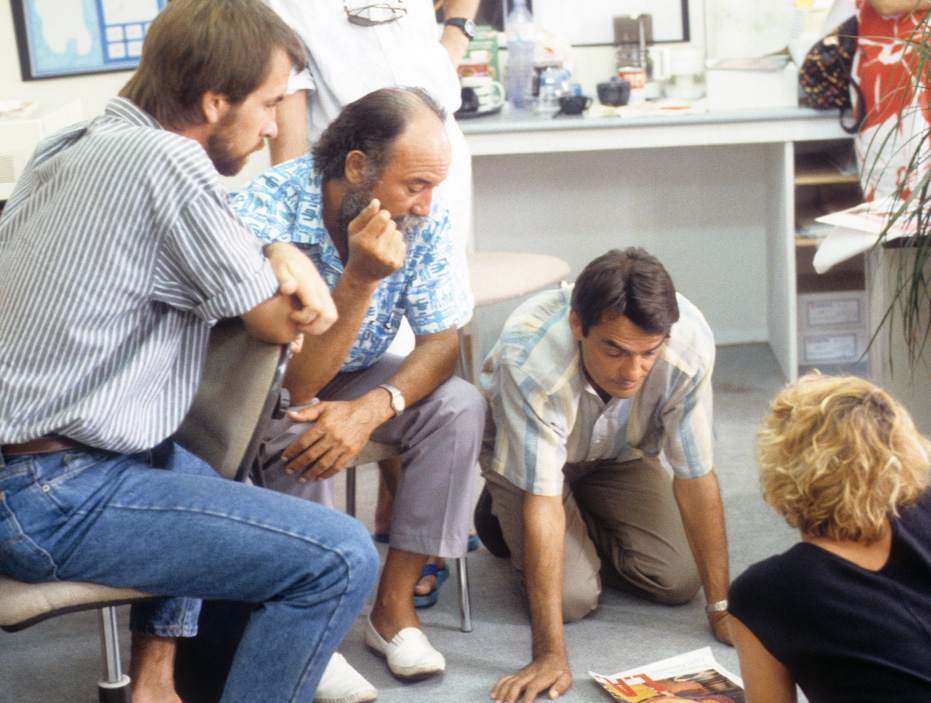

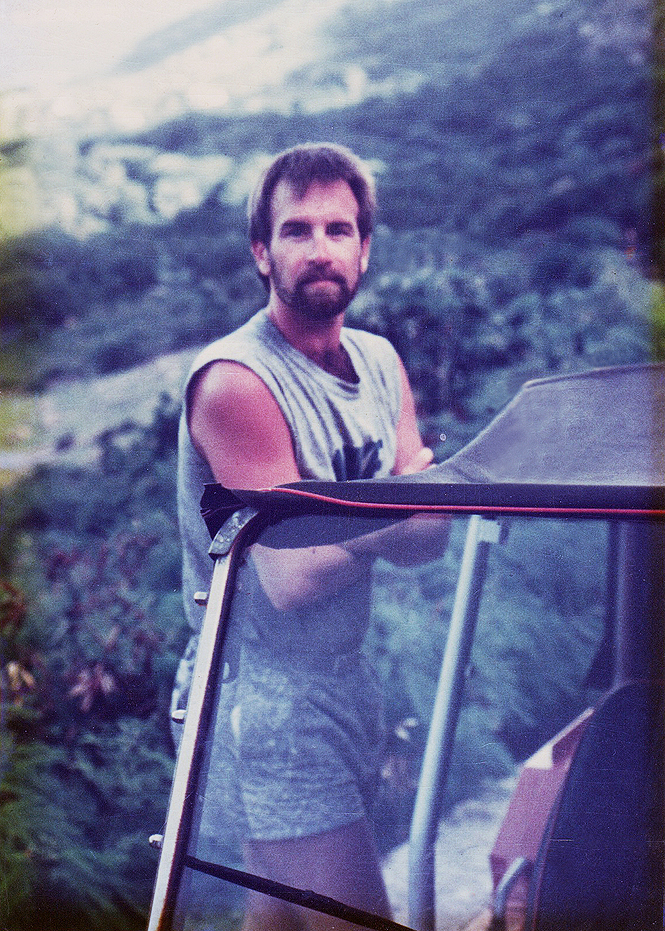
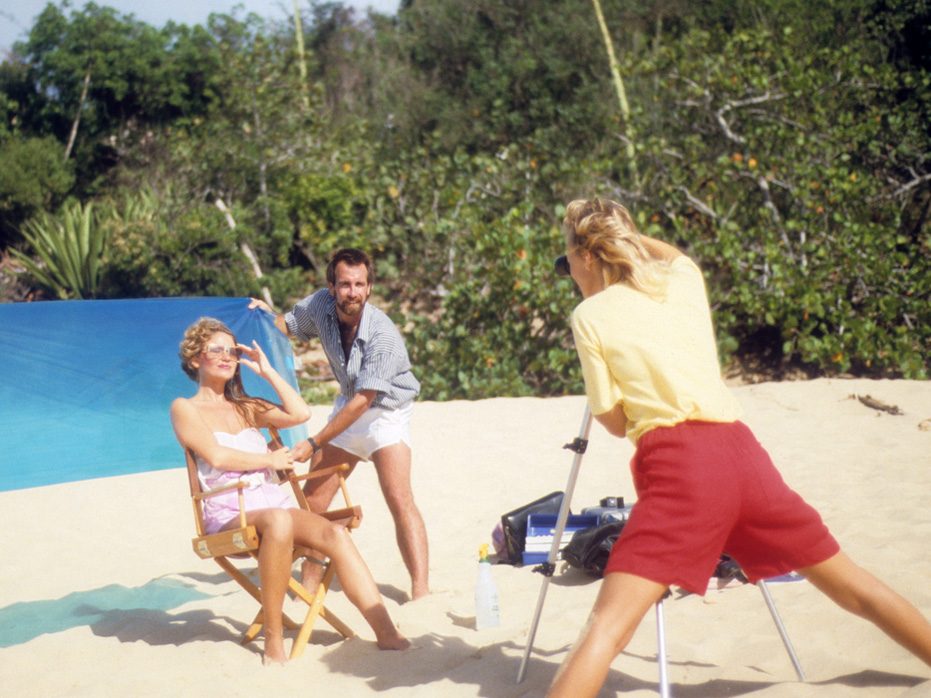
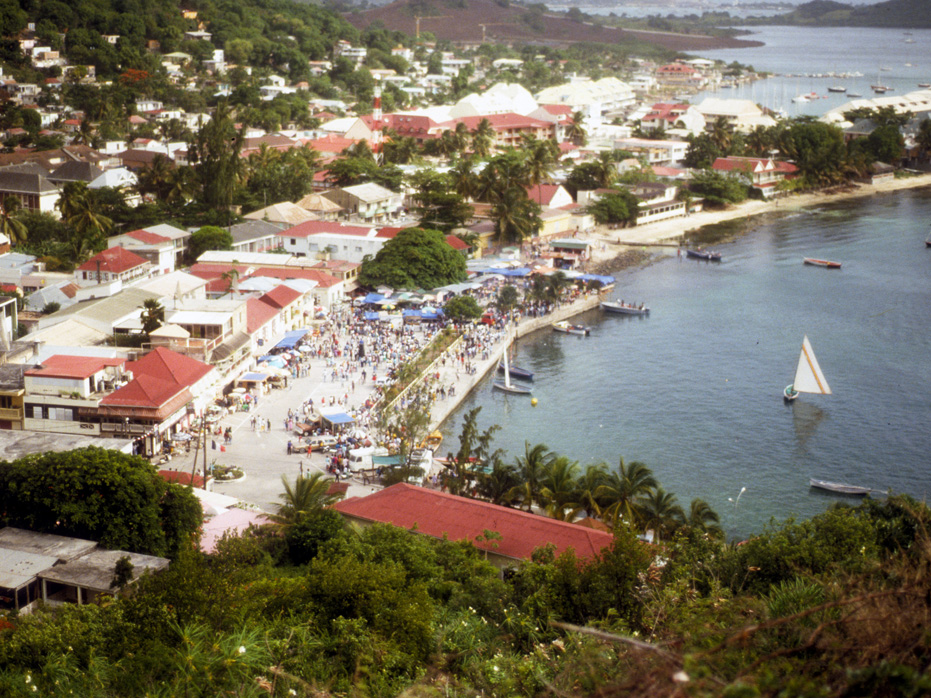
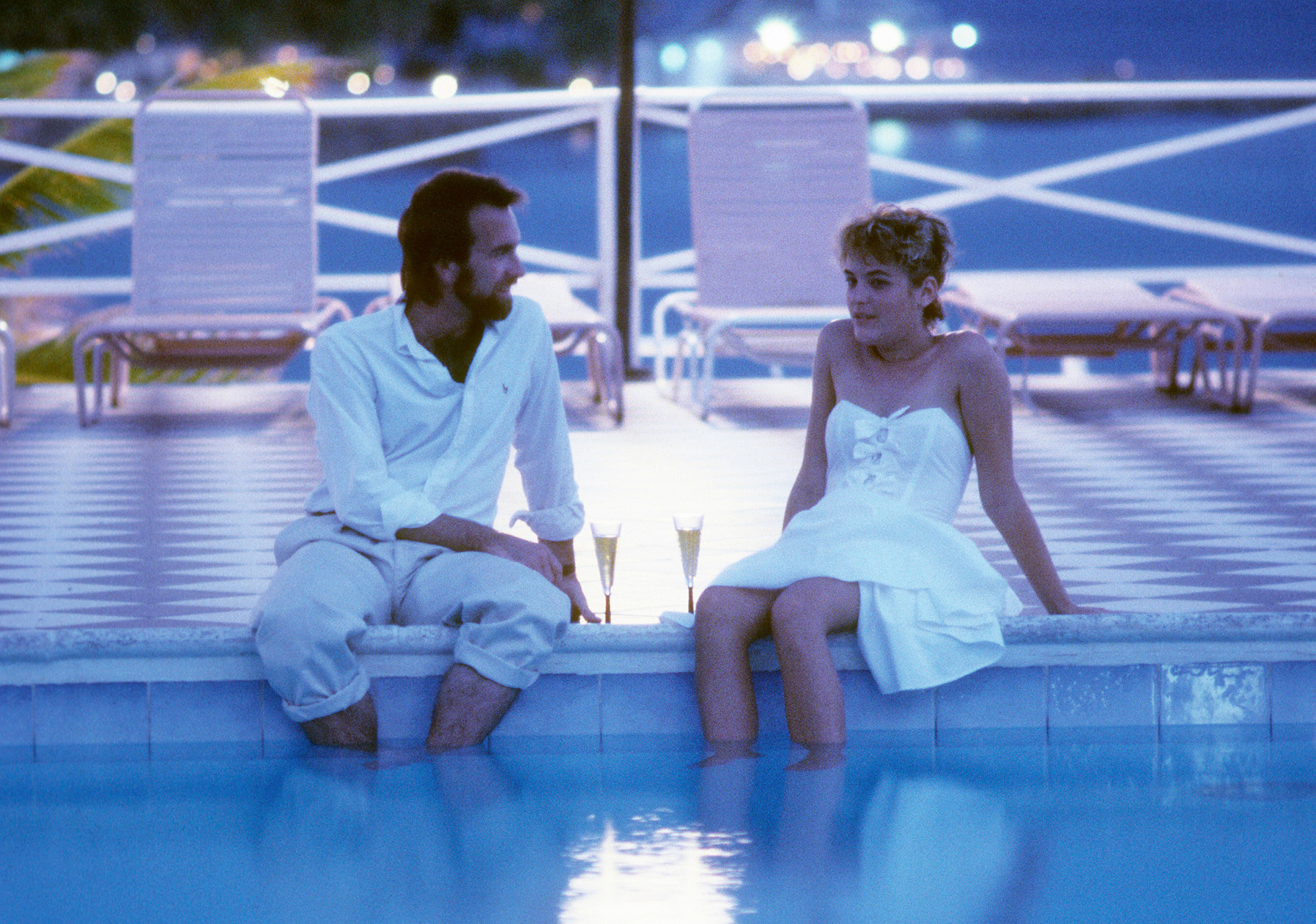
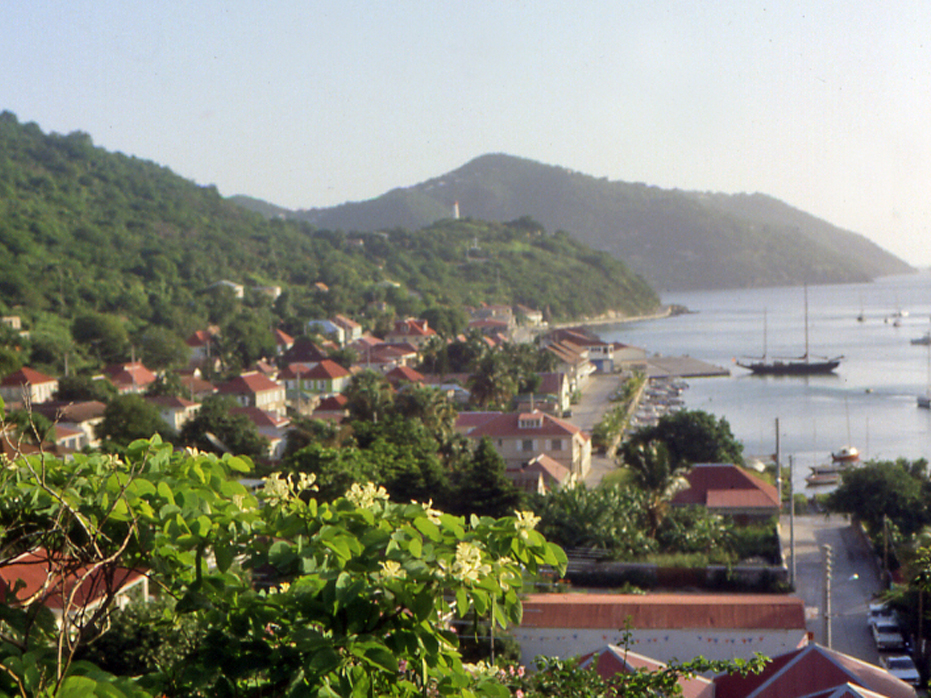
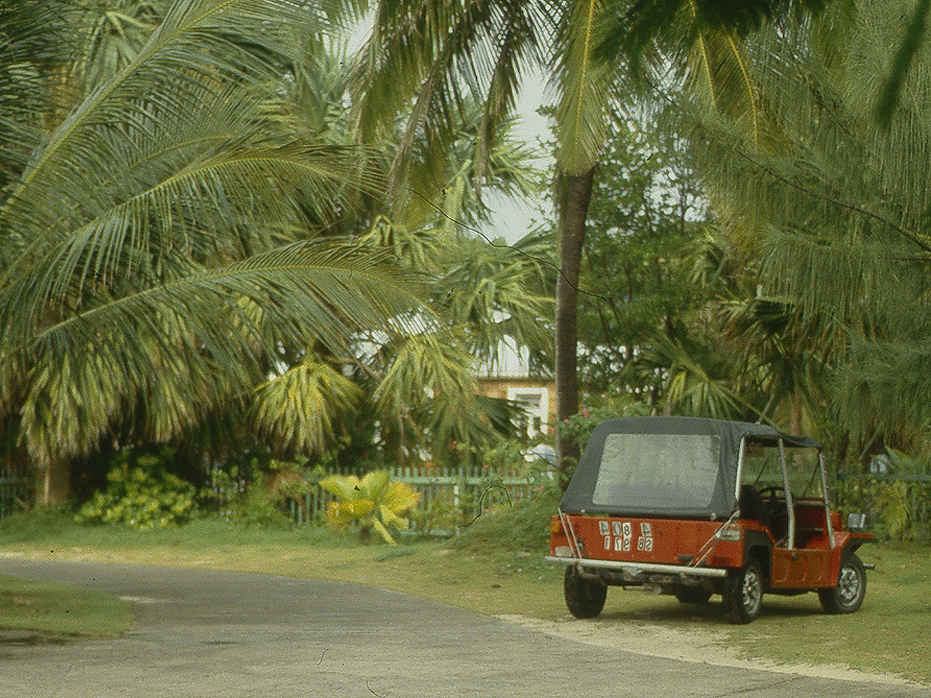
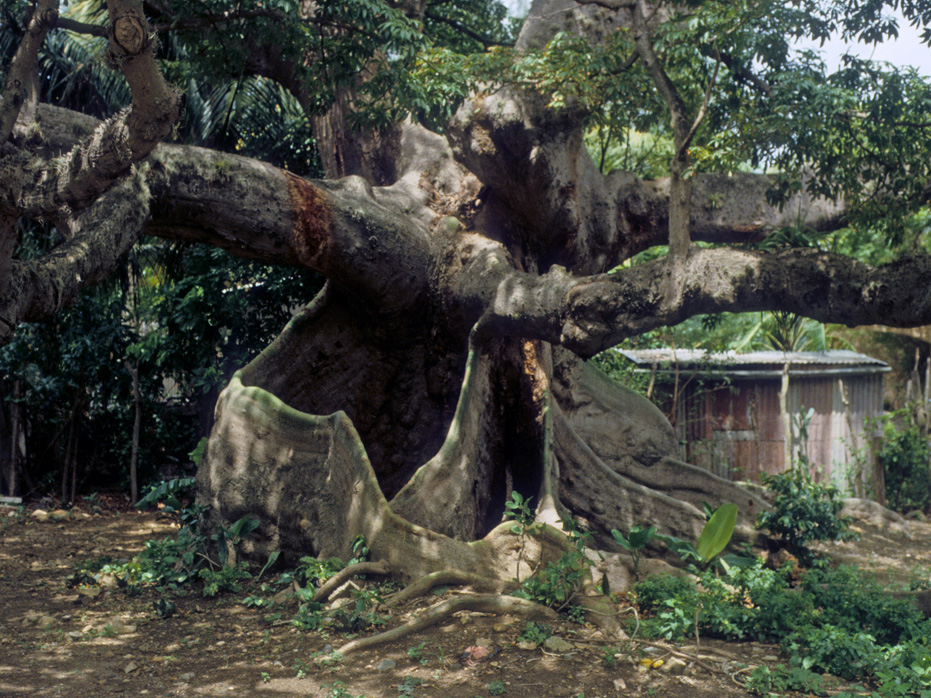
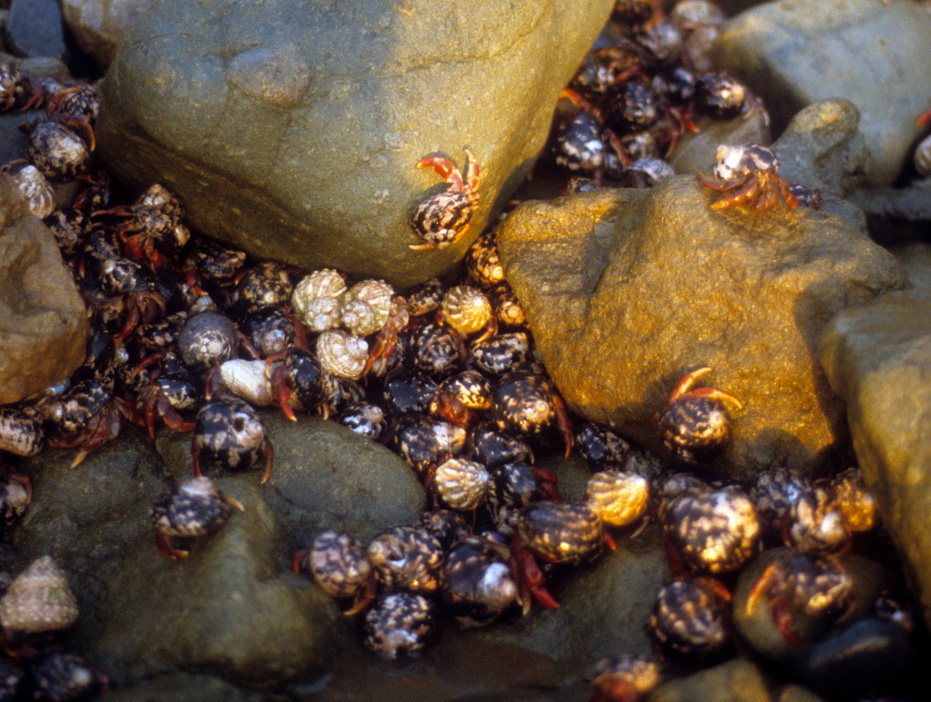
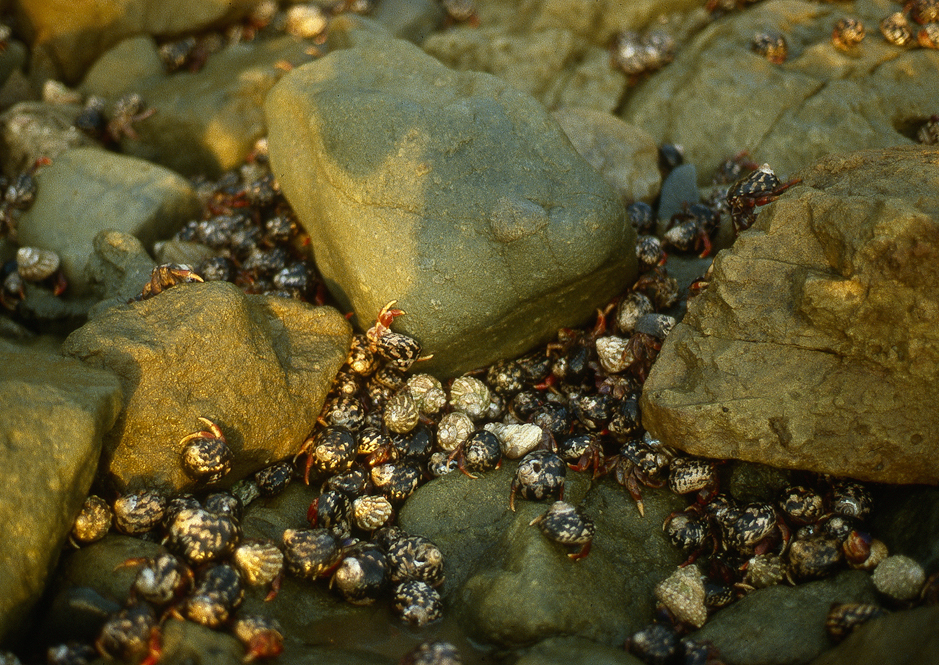
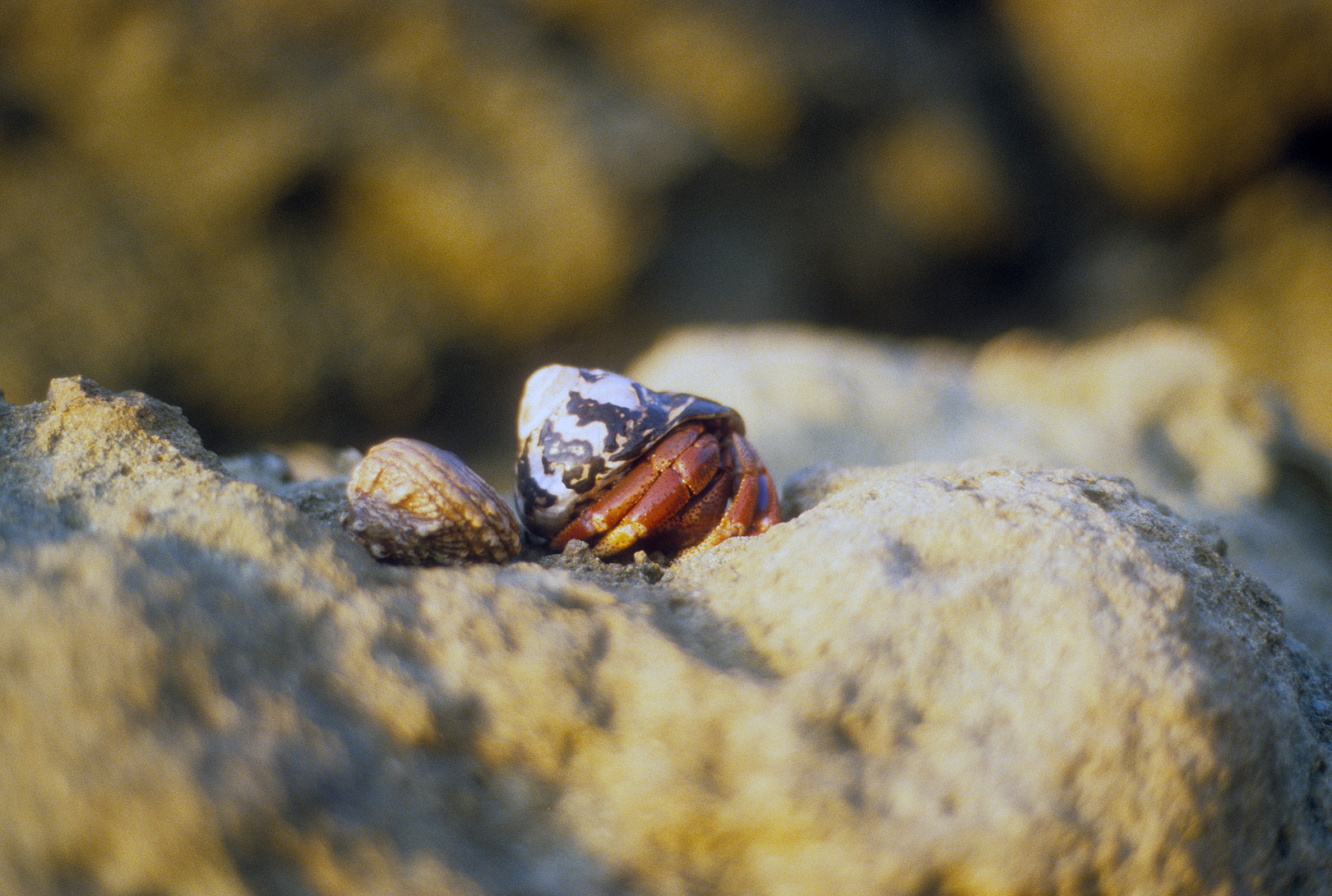
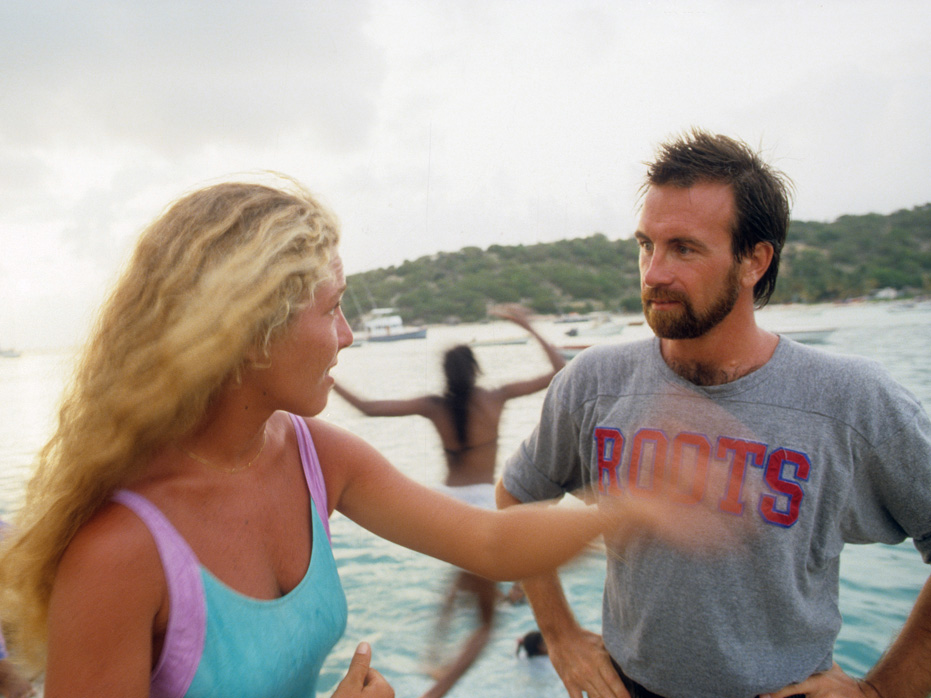
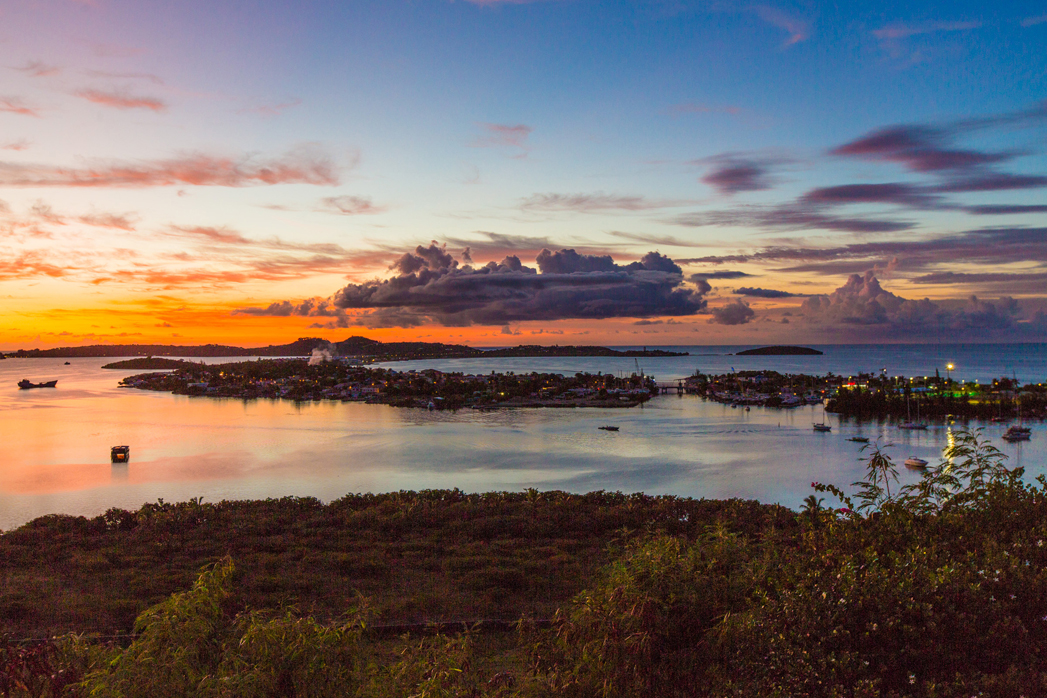
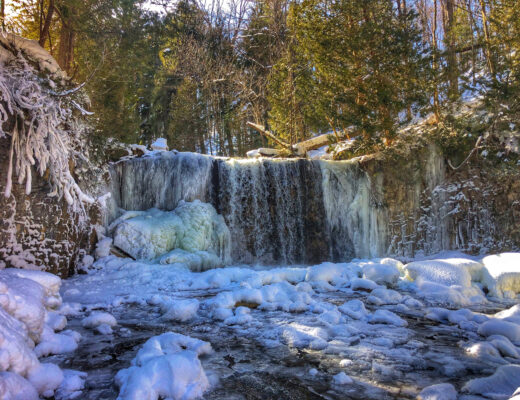
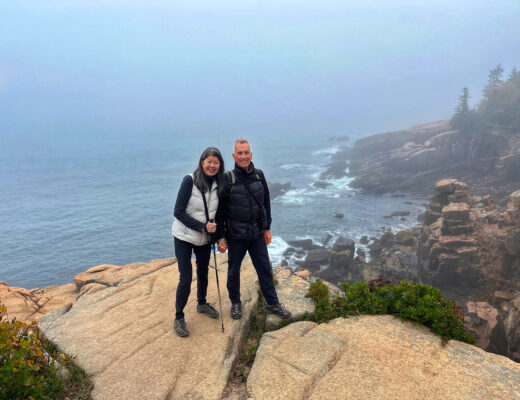
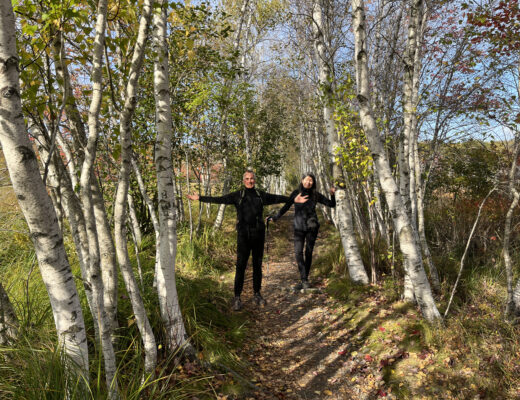

No Comments